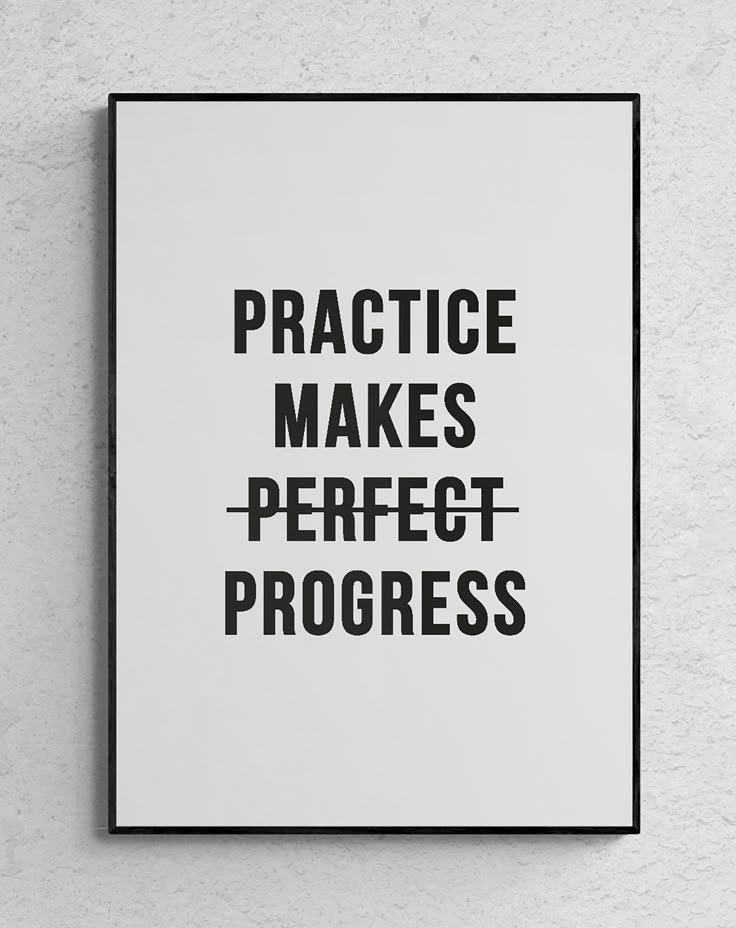Introduction: Why Progress Learning Matters More Than Ever
Picture this.
You wake up tomorrow, and instead of thinking about how much you don’t know, you focus on how much you can learn today. You don’t aim for perfection in a single shot. You aim for progress — small, steady improvements that compound over time.
That’s the heart of Progress Learning.
It’s not about memorizing tons of information in one go. It’s not about cramming before an exam or burning out while chasing a skill. Instead, it’s about moving forward step by step — smarter, faster, and with intention.
In this blog, we’ll break down:
- What Progress Learning actually means.
- Why it beats traditional “all-at-once” learning.
- How to use it in education, careers, personal growth, and even tech skills.
- Real-world stories of people who embraced it and achieved big.
- A roadmap for you to start applying Progress Learning today.
This isn’t just another “study tips” article. Think of it as your playbook for lifelong learning.

Chapter 1: What Exactly Is Progress Learning?
At its core, Progress Learning means focusing on consistent, incremental improvement. Instead of overwhelming yourself with the mountain of knowledge ahead, you commit to climbing it one step at a time.
Think of it like going to the gym.
- If you lift weights once a year, you’ll see no results.
- But if you lift moderate weights consistently, your muscles will adapt, grow, and strengthen over time.
Learning works the same way. Small, regular investments in knowledge stack up into expertise.
Key Elements of Progress Learning
- Incremental growth → Small steps daily.
- Compounding effect → Today’s knowledge becomes the foundation for tomorrow’s.
- Consistency over intensity → Regular learning beats cramming.
- Adaptability → Adjusting your methods as you go.
Progress Learning isn’t about speed. It’s about momentum.
Chapter 2: Why Progress Learning Beats Old-School Methods
Traditional learning often looks like this:
- Long lectures.
- Heavy memorization.
- Stress-filled exams.
- Short-term focus on grades instead of actual understanding.
The problem? Most of what we “learn” this way fades within weeks.

Progress Learning flips the script. Instead of aiming for short-term results, it builds knowledge that sticks.
Quick Comparison Table
| Aspect | Traditional Learning | Progress Learning |
|---|---|---|
| Focus | Grades, scores, short-term wins | Skills, mastery, long-term growth |
| Method | Cramming, repetition | Incremental steps, reflection, practice |
| Retention | Low (forget after exams) | High (applied continuously) |
| Stress Level | High | Lower, manageable |
| Flexibility | Rigid | Adaptive to needs |
It’s not about throwing away traditional methods entirely — exams, lectures, and practice have their place. But Progress Learning builds a mindset that ensures what you learn stays with you for the long run.
Chapter 3: The Psychology Behind Progress Learning
Why does Progress Learning work so well? The answer lies in psychology.
1. The Compound Effect
Small wins give you confidence. Each time you succeed in understanding a topic, your brain rewards you with dopamine — the “feel-good” chemical. That motivates you to keep going.
2. Growth Mindset
Coined by Carol Dweck, this mindset focuses on seeing challenges as opportunities. Progress Learning thrives here because it values effort and persistence over raw talent.
3. Spaced Repetition
Learning in intervals (instead of all at once) makes knowledge “stickier.” That’s why language-learning apps use daily streaks instead of forcing you to finish a course in one weekend.
4. Habit Formation
James Clear (author of Atomic Habits) nailed it: “You do not rise to the level of your goals, you fall to the level of your systems.” Progress Learning builds systems — daily routines of growth that make learning automatic.
Chapter 4: Progress Learning in Education
Schools are slowly catching on. Instead of just teaching kids to pass tests, educators are experimenting with ways to keep learning continuous and meaningful.
Imagine this:
- Instead of memorizing math formulas, students solve real-world problems step by step.
- Instead of memorizing history dates, they track historical progress through interactive storytelling.
- Instead of standardized tests only, schools integrate project-based learning where students show incremental progress.
How Teachers Can Apply Progress Learning
- Encourage daily learning journals for reflection.
- Break big topics into micro-lessons.
- Reward effort, not just outcomes.
- Use technology for adaptive learning (like quizzes that adjust to the student’s level).
Example: A student struggles with algebra. Instead of grading them harshly on one big test, the teacher sets mini-milestones: understanding variables → solving basic equations → applying to real problems. Over time, the student not only passes but builds confidence in math.
Chapter 5: Progress Learning for Career Growth
Your career is the perfect playground for Progress Learning.
The world is changing faster than ever. Jobs evolve, industries shift, and new tools appear almost daily. If you don’t keep learning, you risk falling behind.
But here’s the good news: you don’t need to learn everything at once.
How Professionals Apply Progress Learning
- Learn one new skill every quarter.
- Dedicate 30 minutes daily to industry reading, tutorials, or practice.
- Seek feedback regularly and apply it in small steps.
- Document your progress (LinkedIn posts, portfolio updates, etc.).
Story Example:
Take Sarah, a marketer. Instead of trying to master all digital marketing skills in a month, she breaks it down:
- Q1 → SEO basics.
- Q2 → Social media ads.
- Q3 → Email automation.
- Q4 → Analytics and reporting.
By the end of a year, she’s miles ahead of where she started — and more valuable in the job market.
Chapter 6: Progress Learning in Technology and AI
Technology moves too fast for “once-and-done” learning. That’s why Progress Learning is critical here.
For instance, think about software developers. They don’t master all programming languages in a week. They start with basics (variables, loops), then build projects step by step, adding complexity as they go.
The same goes for AI and machine learning.
- First, learn how models work.
- Then, train a simple model.
- Next, explore advanced concepts like neural networks.
- Finally, apply it to real-world datasets.
Lesson: You don’t need to know everything today. You need to know enough to move forward tomorrow.
Chapter 7: Daily Habits That Fuel Progress Learning
Progress Learning thrives on routines. Here are some daily practices to build:
- Read 10 pages a day (books compound knowledge).
- Reflect for 5 minutes (journal what you learned).
- Use time blocks (study/learn in 25–50 minute sessions).
- Set micro-goals (finish one chapter, not the whole book).
- Teach someone else (explaining reinforces your knowledge).
Pro Tip: Don’t aim for 8 hours of studying in one day. Aim for 30 minutes every day for a month. You’ll retain more and stay consistent.

Chapter 8: Progress Learning and Personal Growth
This isn’t just about school or work. It’s about life.
Want to learn guitar? Start with one chord a day.
Want to run a marathon? Start with one kilometer a week.
Want to improve communication? Practice one meaningful conversation daily.
Every personal goal thrives under Progress Learning.
Fictional Example:
Ali wants to get fit but hates gyms. Instead of forcing himself into a 2-hour daily workout, he starts with 10 push-ups each morning. After a month, he does 30. After six months, he’s running 5 kilometers. Small progress → big transformation.
Chapter 9: The Future of Progress Learning
As technology and society evolve, learning will become more personalized. Imagine:
- AI tutors guiding your daily learning.
- Apps tracking your micro-progress.
- Virtual reality classrooms adapting to your pace.
The future of education and careers will be less about “degrees” and more about continuous progress badges, micro-certifications, and applied learning.
Chapter 10: Putting It All Together
So, what have we learned?
- Progress Learning is about steady, consistent improvement.
- It beats old-school methods by focusing on retention, confidence, and long-term growth.
- It applies everywhere — school, career, personal life, and even tech skills.
- Daily habits and small steps create massive results.
- The future of learning will be built around progress, not perfection.
Summary Table: The Essence of Progress Learning
| Step | What to Do | Why It Works |
|---|---|---|
| 1 | Take small steps daily | Builds momentum |
| 2 | Reflect often | Reinforces knowledge |
| 3 | Apply learning | Turns theory into skill |
| 4 | Stay consistent | Creates habits |
| 5 | Adapt & adjust | Keeps learning flexible |
More Blogs